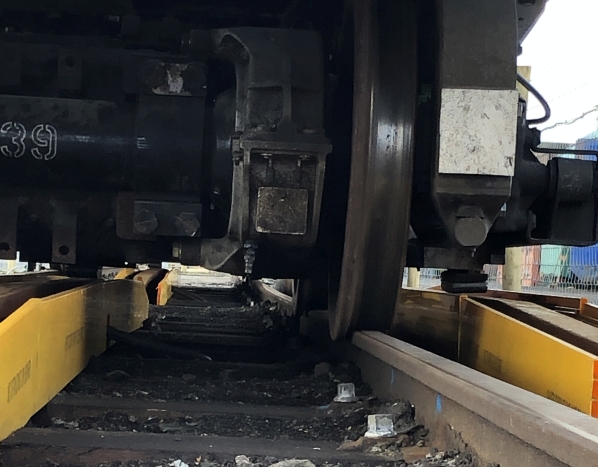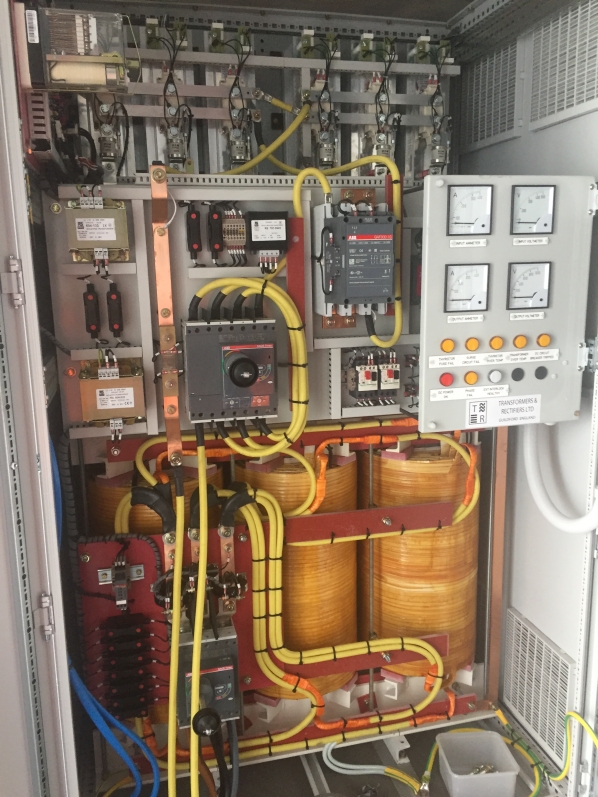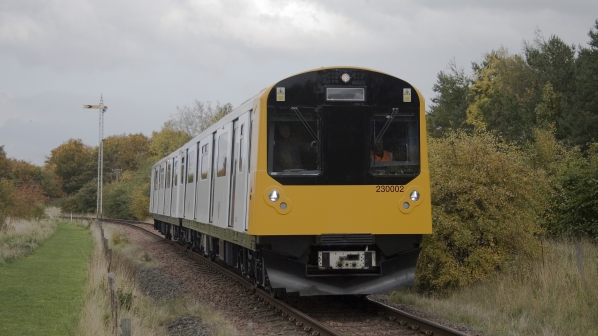The fast charging system comprises short sections of third and fourth rail which connect to the train via shoegear. The train pulls to a stop at the terminus station and the shoegear connects to the rail automatically to draw the current at an extremely high rate.
Due to the high currents required, Vivarail has used a carbon ceramic shoe able to withstand the heat generated in the process, as a longer charge time would make operational running unfeasible. The system is similar to traditional third rail electrification, but is not live unless the train is in situ.
The class 230 was tested in passenger operation on the Bo’ness & Kinneil Railway in October 2018 with the support of Transport Scotland and ScotRail. Vivarail says the trials showed the battery train was able to provide a reliable and consistent service and proved that the electronic control systems were fully functional.

A major challenge facing battery train implementation is the ability to access a suitable power source because unlike electrified trains, a battery train needs to draw a lot of power in a short space of time. To overcome this, the fast charge system is equipped with a battery bank which consists of packaged second-use batteries connected to the main grid to continuously trickle charge. The charge stored in the battery bank is then “dumped” into the train.
Vivarail says the system provides a viable alternative to diesel operation in Britain, especially on unelectrified lines, while the acceleration of 1m p/s/s makes the train suitable for services with a high number of stops.
The system was developed during a 12-month project supported by a grant from the Accelerating Innovation in Rail 4 competition, funded by Britain’s Department for Transport (DfT) and delivered by InnovateUK to develop new technology.


